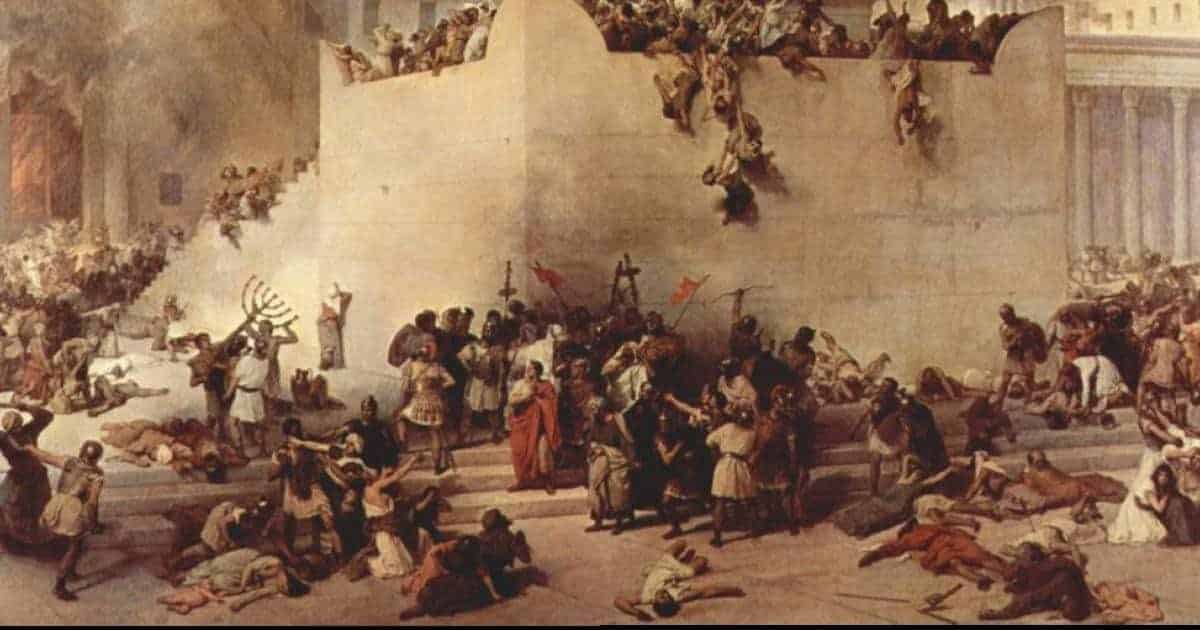Rebellion is often a tough row to hoe. Even more so if it is a rebellion against powerful and well entrenched rulers, with the vast financial and military resources of a government at their disposal. While the rebels usually see themselves as victims struggling to free themselves of oppression, misrule, or bondage, their governments typically see them as straightforward traitors. Because of that, the decision to openly challenge one’s rulers with an armed uprising has seldom been taken lightly. Instead, rebellion has usually been a last and desperate resort for the disgruntled and discontented, who see no other viable option before them. The reason is simple: for most uprisings, the deck is stacked against the rebels and in favor of their rulers. The odds for successful revolution are low, and the price for failure is high.
Nonetheless, history is full of rebellions – some of them culminating in success, most ending in bloody failure, misery, and a heavy dose of repression by vengeful rulers. Today, most people know of history’s greatest uprisings, such as the French Revolution of 1789, the American Revolution, or the Russian Revolution of 1917. However, for each one of those history altering uprisings, there have or dozens, or hundreds, of lesser known rebellions.

Following are twelve dramatic, but lesser known, rebellions from history.

The Helot Revolt
Unique in Ancient Greece, the Spartans enslaved other Greeks. Sparta was based upon the enslavement of their Messenian neighbors, conquered in the 8th to 7th century, BC. After a long war, the victorious Spartans transformed the entire Messenian population into state slaves, known as Helots. The Helots had few rights, could be killed almost at will by their overlords, and were subjected to sundry humiliations to constantly remind them of their inferior status.
Before subjugating the Helots, the Spartans were little different from other Greeks. They became a wholly militarized state and society in order to control the restive Helots, who outnumbered the Spartans ten to one. Sparta also became a police state, with a secret police known as the Krypteia, to spy on Helots and kill any who seemed restive or showed leadership potential.
Millennia later, the Nazis looked to Sparta and its treatment of the Helots when they concocted their plans for lebensraum. Like the Spartans, the Nazis hoped to conquer their neighbors in Eastern Europe and Russia. They planned to then exterminate most of the native Slav population, and reduce the survivors to Helots, who would serve the German ‘Master Race’ like the Messenians had served the Spartans.
The Helots frequently revolted, only to be brutally crushed by the better trained and equipped Spartan, then subjected to unsparing revenge. After one such revolt, thousands of Helots were gaily decked out, marched out of town, and never heard from again. In 464 BC, a major earthquake struck Sparta, killing thousands. Taking advantage of the turmoil, the Helots made another bid for freedom by rising up and establishing a fortified base in the mountains.
The hard pressed Spartans asked Athens for help. A conservative faction controlled Athens at the time, and so 4000 Athenian soldiers were duly sent. However, once they arrived, the Athenians’ radical democracy ideas alarmed the Spartans. Fearing that such notions would spread to their Helots and further fuel the uprising, or that the Athenians might switch sides, the Spartans sent them back home.
Insulted, the Athenians threw out their conservative leaders and repudiated their alliance with Sparta. Left to their own devices, the Spartans eventually managed to crush the Helot uprising after two years of bitter fighting, in 462 BC. They then subjected their slaves to yet another round of savage reprisals. The Helots would finally gain their freedom a century later, when Sparta was crushed by the Theban Epaminondas, who liberated Sparta’s Helots.

